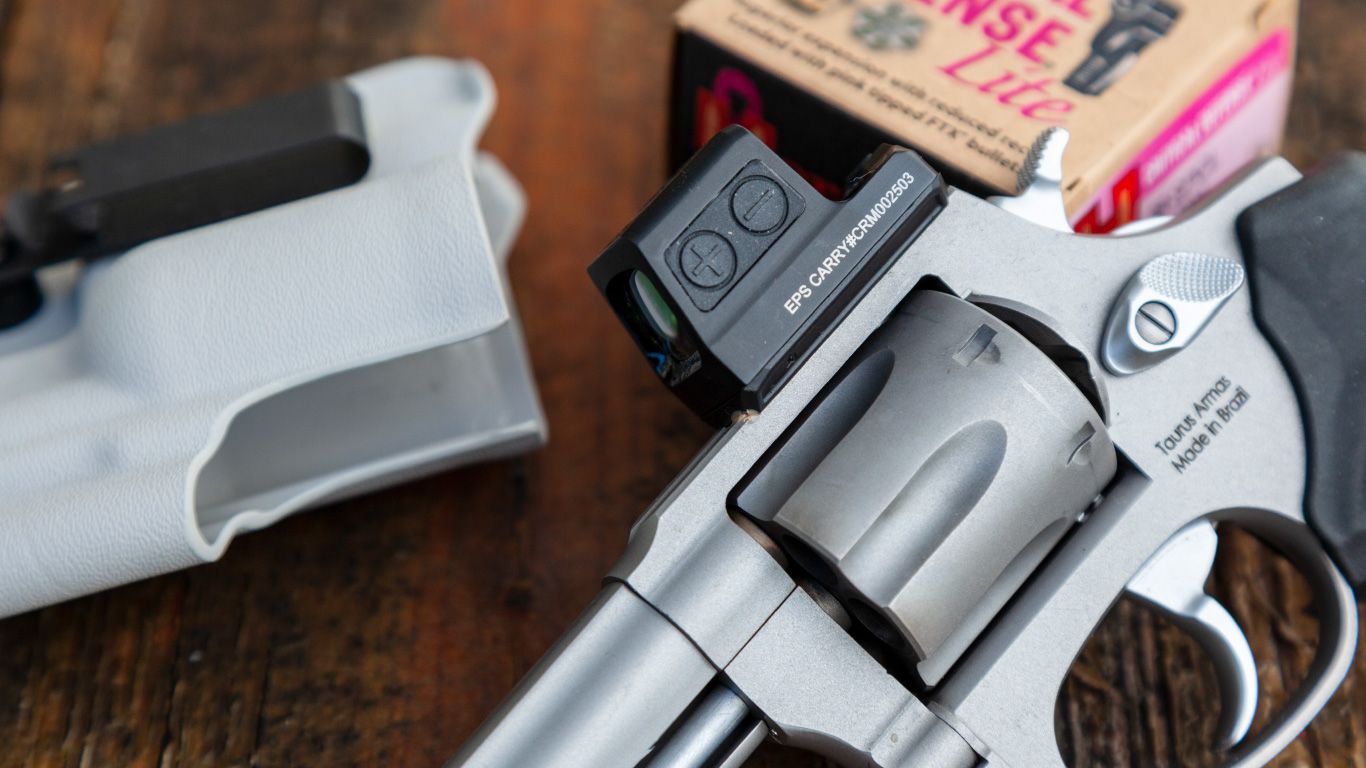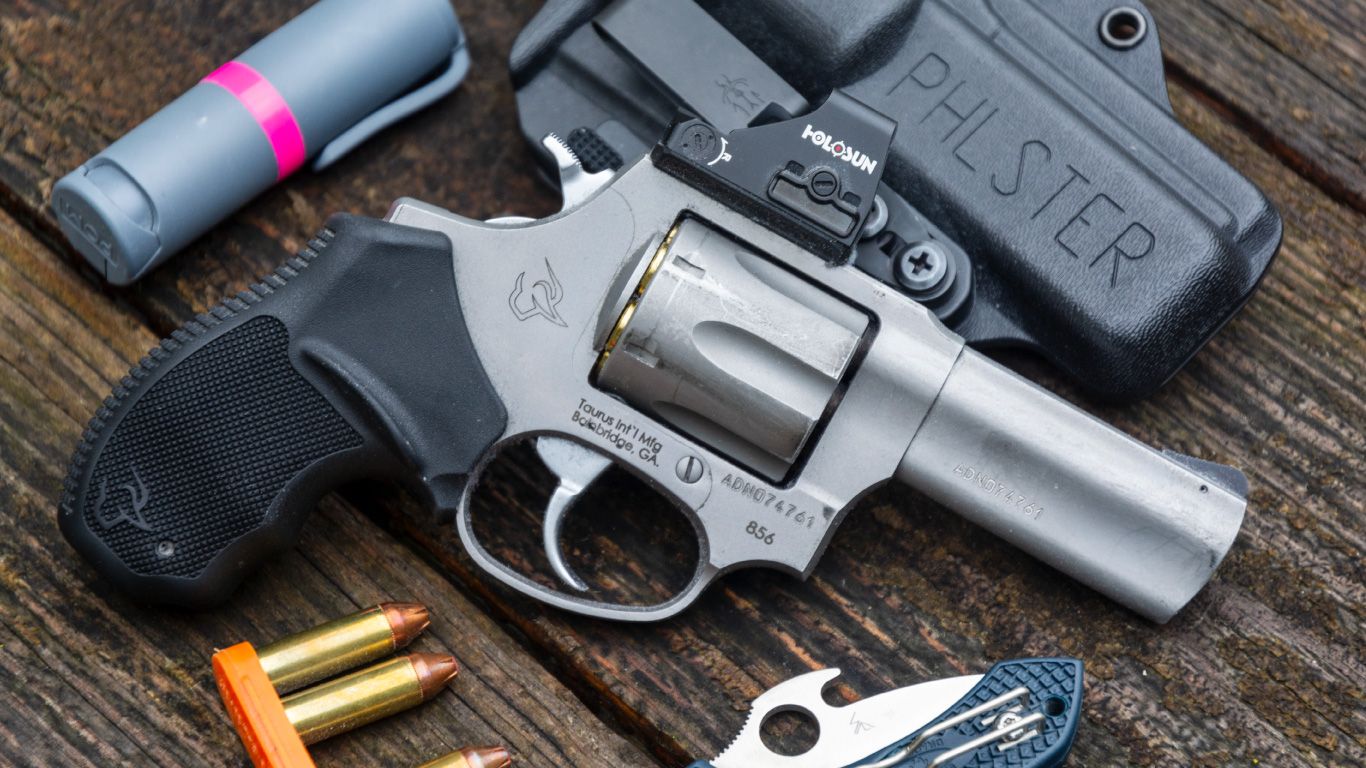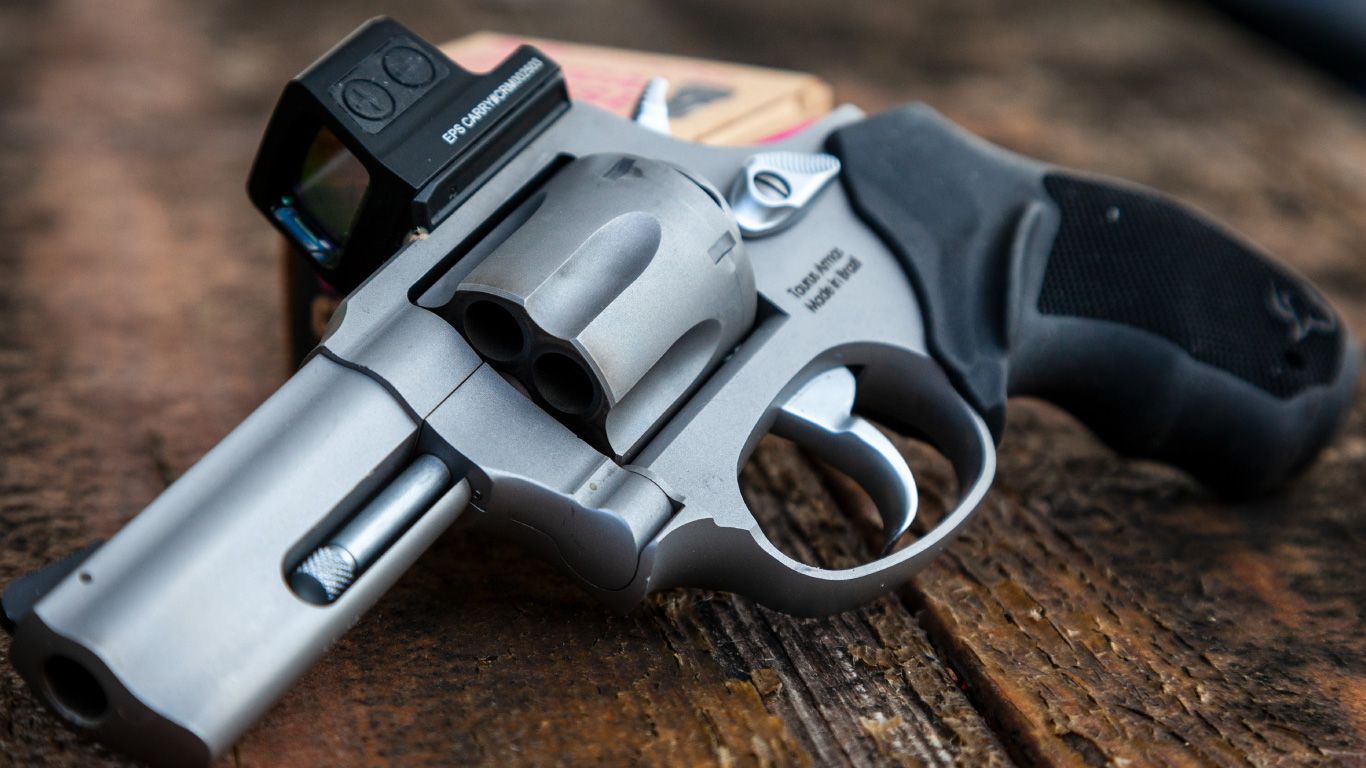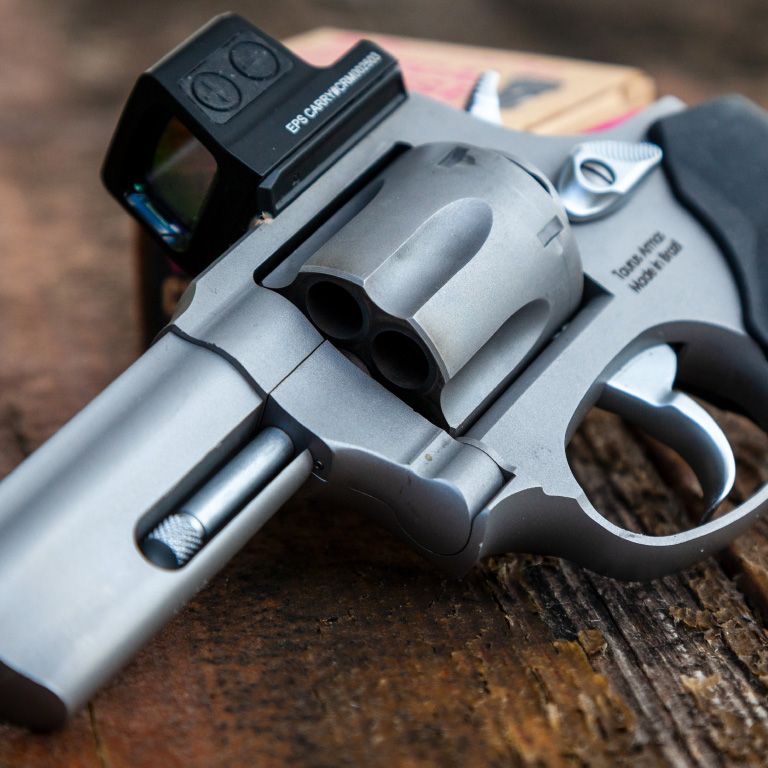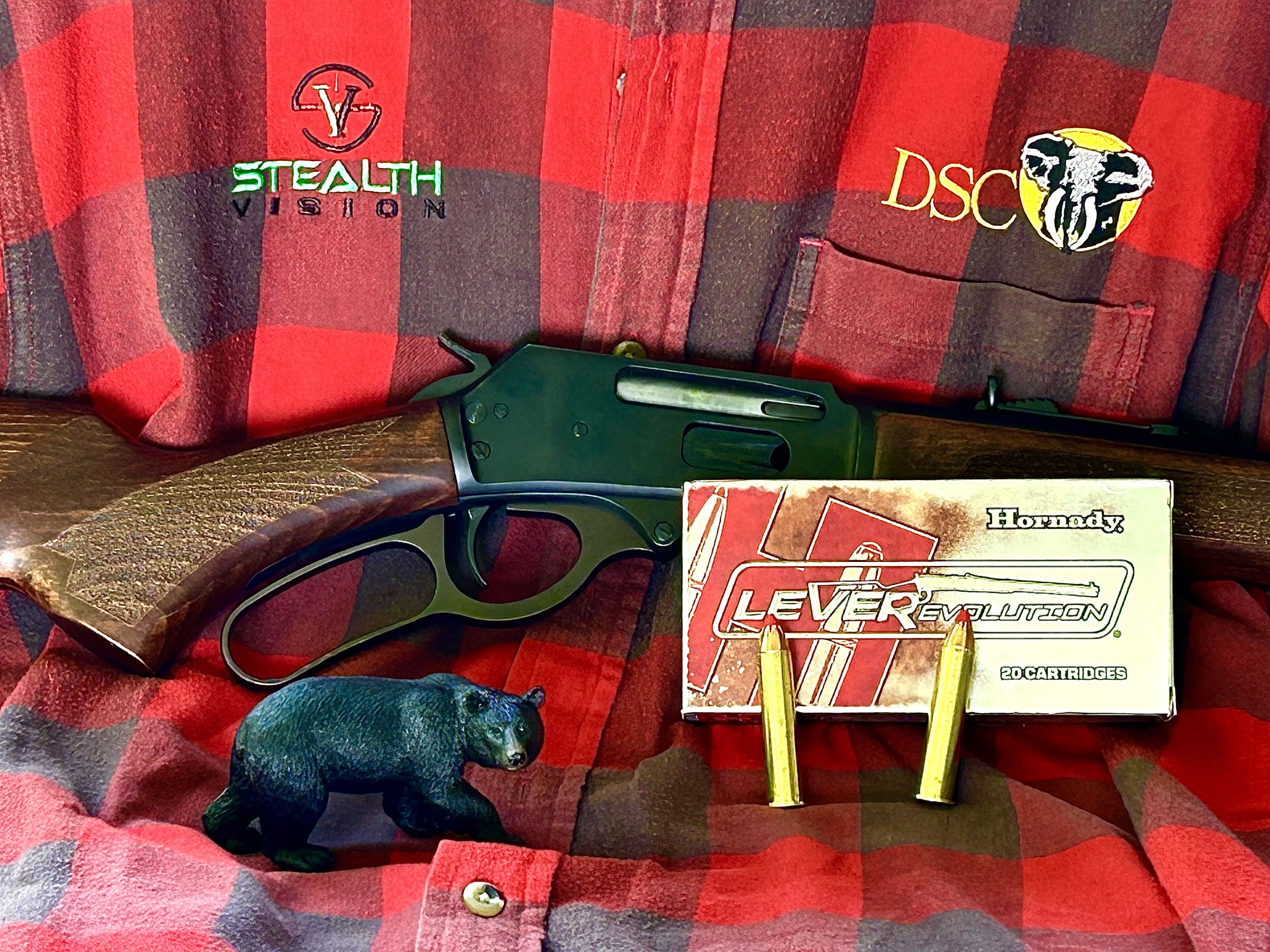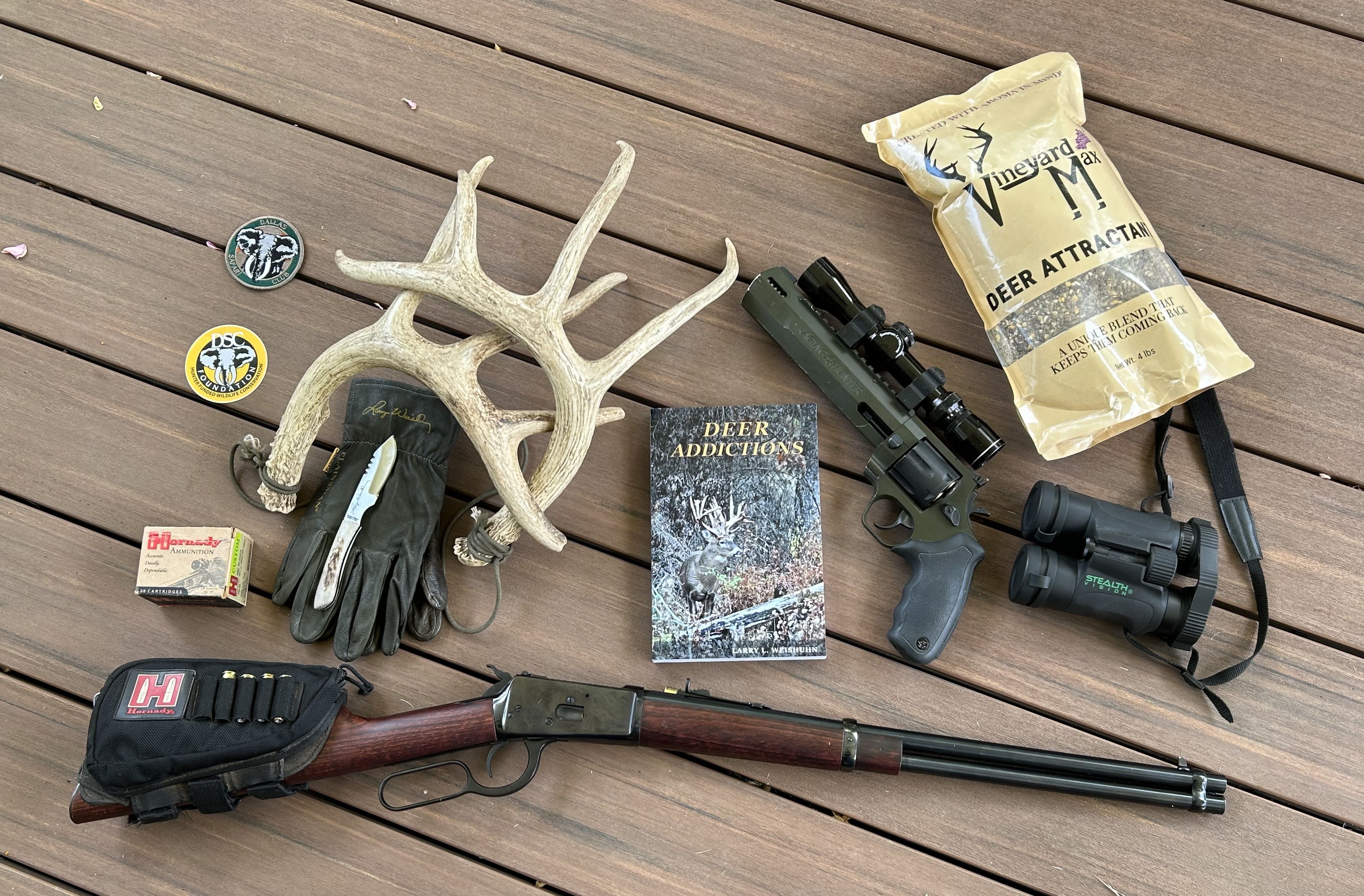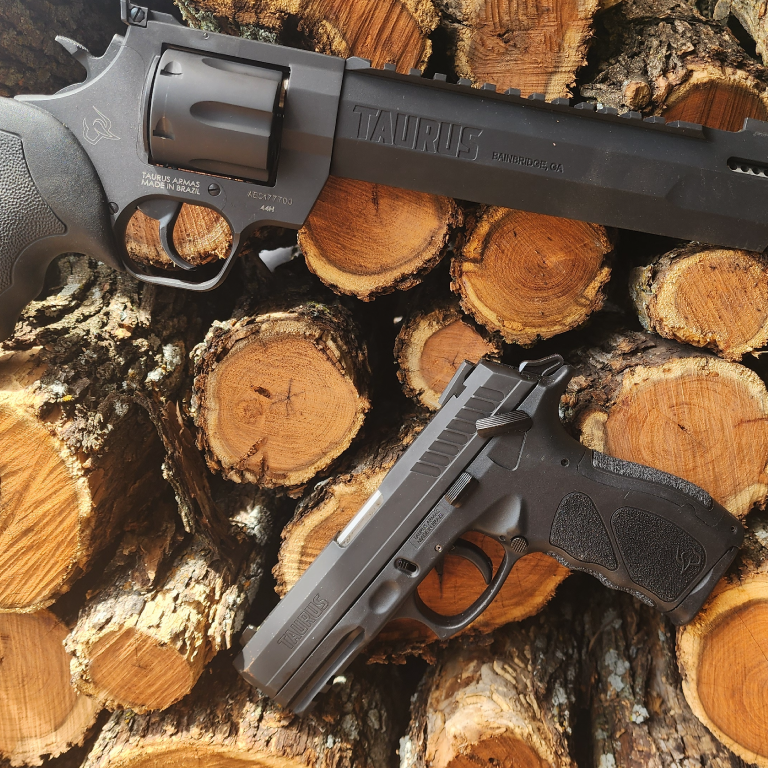By Tamara Keel
Optically-sighted revolvers, in and of themselves, are not new things. You’ve been able to buy scope-mounting kits for medium- and large-frame revolvers since the earth cooled.
The thing is, however, that these revolvers with optics mounts were intended for either hunting game or winning shooting games. The idea of a general concealed carry personal-defense revolver with an optical sight was not a thing that existed until recently.
Taurus was the first to plumb the potential advantages of mounting an optical sight on an otherwise fixed-sight medium/small-frame revolver intended for the role of concealed carry with their Model 856 T.O.R.O., which offered serious advantages over the classic fixed-sight compact revolver, but also introduced an entirely new array of problems that needed solving.
As a convert to optical sights on handguns recently for a host of reasons, I was eager to give the Taurus 856 T.O.R.O. concept a thorough shakeout and, having lived with it for a year, I have a bunch of thoughts.
Here in 2024, the predominant use case for revolvers is in niche concealment roles, like ankle or pocket carry as a backup piece, which still largely favor lightweight alloy-framed snub-nosed wheelguns. But if one is going to carry in a holster on a belt (or in a similarly belt-like setup such as a PHLster Enigma) then there’s no real barrier to carrying a revolver with enhancements for shootability, like a three-inch barrel, a steel frame… or a red dot optic.
However if one started toting an 856 T.O.R.O. last year, you were definitely an “early adopter”. For most other types of CCW handguns, whether full-size steel 1911s or tiny polymer framed .380 pocket pistols, there was already a full suite of “TTP’s” (tactics, techniques, and procedures) regarding the best way to select a holster, pick ammunition, deploy the handgun, et cetera. Carrying a T.O.R.O. made you a trailblazer who had to help discover these things anew.
Holster Selection and Carry
Take holsters, as a for-instance. Some of the earliest T.O.R.O. holsters I got my hands on were essentially prototypes from my friend Tom at Dark Star Gear, and they were essentially his Apollo small-frame revolver holster, albeit with a slot cut in the top to clear the optic on the 856.
These were comfortable in the appendix-inside-the-waistband (or “AIWB”) position, but if carried strong-side at or slightly behind the point of the hip, the curvature of the belt there pressed on the unprotected body of the optic and made the whole package difficult to tote and impossible to reholster. For that matter, even when carried AIWB forward of the hip, the positioning of the optic right behind the belt made re-holstering problematic.
The holster solution thus far has turned out to be the T.O.R.O.-specific variant of the City Special from PHLster. It looks weird, but it has a little “garage” for the body of the optic molded as part of the holster body. I’ve tried it with both the Holosun 507k and the Holosun EPS Carry and it accommodates both just fine. As a standalone holster, the T.O.R.O.-specific City Special works in both AIWB and Strong-Side positions and also adapts to the Enigma concealment system without a hiccup.
The Red Dot Pros and Cons
An advantage of the micro red dot sighting system is that it offers a great deal of easily accessible precision relative to the crude fixed irons on a carry revolver, which typically consist of a fat blade up front and a shallow notch in the top strap by way of a rear sight.
However it’s important to realize there’s a corollary to this increased precision: With iron sights folks will shoot all kinds of ammo out of a .38 Special snubbie, from slow wadcutters and lead round-nosed ammo to spicy +P 110gr ammo and accept the varying points of impact out to seven yards (or however far they bother to practice) as the cost of doing business with the crude sights.
With the optical sight on a T.O.R.O., if you dial in the dot for a 900 or 1000fps load at, say, ten yards, then that’s what the revolver’s going to be sighted in for. There’s no “Oh, these sights are crude” slop for which to account, and 158gr LRN practice ammo, for example, is going to hit weirdly high even at the five-to-seven-yard distances at which most people practice with small revolvers.
Fortunately if you use higher velocity loads for carry, the spicier 130gr FMJ .38 Special loadings will serve as more approximate practice ammo, and your local indoor range will appreciate you using FMJ ammo, too.
Conclusion
So what, overall, is the use case for the Taurus 856 T.O.R.O.? Well, like any revolver it is probably adequate to solve most private citizen personal defense problems. Sure there are some that require more ammo capacity but those tend to be edge case outliers. The T.O.R.O. fixes a different edge case weakness of the small revolver package, namely the long shot at a surprise bad guy across the food court or movie theater. But it also helps with aging eyes that aren’t as up to working with the small, fixed sights on a revolver as they used to be.
A dot-sighted CCW revolver is an evolving technology with “fifty state” compatibility and aging eyes applicability.
